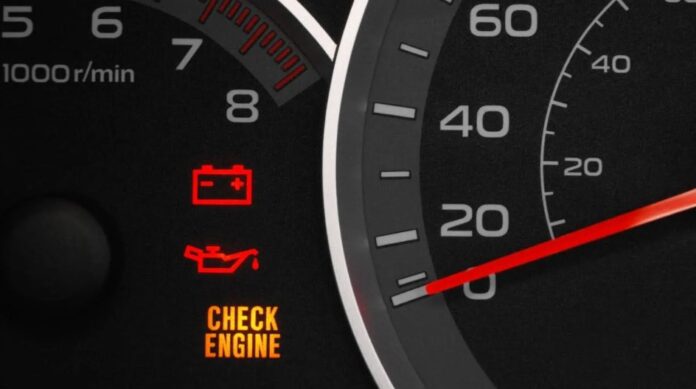Understanding the reasons for a diagnostic light can be challenging when there is one light for a dozen or more diagnostics, and that’s often the case with the check engine light. On top of that, the range of errors it registers can vary a lot from carmaker to carmaker, so you really do need access to a diagnostic reader that can decode what the ECM means by check engine. Those units can be expensive for someone who only has to maintain a single vehicle, but if you’re caring for a whole family’s cars, then it might be worth it.
You can also ask for help from an auto parts store that provides access to readers for free, the same way you go in for battery or alternator testing when you suspect you might have a repair ahead of you. Of course, that only works if the car can still be driven into the shop. As to where to go? The same helpful staff that answers you when you ask what size windshield wipers do I need will also be able to provide the answers when you’re asking why is my check engine light on?
Most Common Reasons Your Check Engine Light Is On
The exact issues covered by a check engine light vary from car to car and sometimes from year to year. Some of the following issues are given their own diagnostic lights by some manufacturers, others are simply not included in all cars. All told, though, these are the most common reasons your light could be on:
- Loose gas cap or one with a bad seal
- Bad or worn out spark plugs and plug wires
- Worn out ignition coils and wires
- Malfunctioning exhaust recirculation valve
- Bad oxygen sensor
- Malfunctioning catalytic converter
- Mass airflow sensor errors
- Bad or clogged fuel filter
It’s worth noting that the sensor malfunction reports are not always due to a bad sensor, although that is often the case. They can also occur when there is a major engine malfunction that a properly functioning sensor is picking up. Typically, these larger repair issues come with other symptoms that make them easy to distinguish from sensor errors, but not always. For that reason, a diagnosis of sensor malfunction should be approached carefully. Typically, the best way forward is to replace the sensor and monitor the situation. If there’s a reason for the sensor malfunction other than age and regular wear, the light will come back on as the issue causes out of spec sensor readings again.
Can I DIY or Should I Take it to a Mechanic?
If you’re wondering whether your repair is a good fit for a DIY project, a lot will depend on what came up when you checked the diagnostic machine. If the issue is something simple like new spark plugs and wires or an accessible sensor change, then you can probably pick up the supplies you need with new wiper blades and other seasonal maintenance supplies and get it all done at once. If you’ve got a more complex problem, though, you might want to let the professionals handle this one. Of course, a lot of people who take on DIY car projects are current or former repair professionals, and for them the real question is whether you feel like paying for the labor with time or money, because you’ve got the skills to choose.


